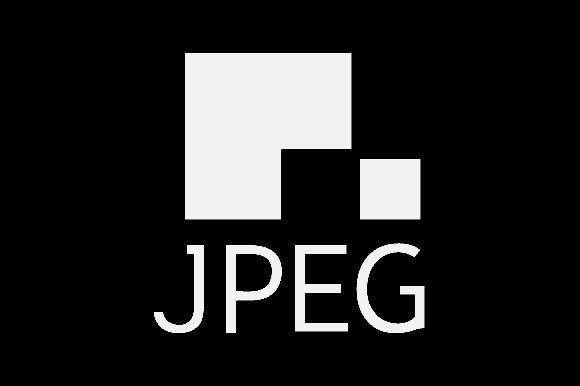
Copying, cutting, pasting, cropping, filtering, modifying, and sharing digital images is easier and arguably more popular than ever before. Many popular social media platforms have image editing capabilities built right in, so there’s little wonder as to why many web users take such features for granted.
The JPEG Committee, the primary organization behind establishing the coding standards of the enormously popular JPEG image format, is considering measures that may change how we approach image modifications.
For nearly a year, the JPEG Committee has been considering different coding models that would integrate digital rights management (DRM) schemas into the JPEG format. Followers of digital rights issues may be aware that an extension for DRM already exists for JPEG 2000 which is used primarily by health care providers. The new models being considered by the JPEG Committee will be much broader in their scope. With proper DRM application, the Committee claims, the unwanted sharing of personal images might be prevented and the kind of digital theft that affects professional image repositories could be curtailed.
Though the intentions behind these proposed changes are no doubt respectable, there are those who have voiced concern about the negative impact that such far-reaching DRM measures might have. The Electronic Frontier Foundation (EFF) has argued that this sort of DRM application may prevent ethical usage of images through fair use and quotation. Furthermore, there are technical worries to consider, such as fraudulent DRM claims and interoperability issues between applications. For more casual image sharers, DRM overreach could prevent things like Internet memes or Pinterest-like bulletin boards from even existing.
The EFF has gone on to propose alternative measures that might be taken to discourage improper liberties from being taken on private photographs. Instead of “locking up entire image files,” with DRM, encrypted metadata might be used to sign images and track them. Users might then be allowed give trusted sources the ability to decrypt the metadata as they wish. Regarding the issue of image theft, EFF recommends that existing methods of determent (watermarking, steganography, etc.) continue to be developed and deployed.
There is little question that the JPEG Committee presents some legitimate concerns and possible solutions to address the ongoing problem of improper image usage. At the same time, it may be too easy for DRM to be used too aggressively and to seriously damage industry growth and user experience. Given the checkered success of DRM in the music industry, groups like EFF do well to be wary about the impact it might have when applied to the web’s most popular image format. With proper collaboration, it is hoped a solution may be found that protects digital rights while maintaining proper access and liberties for image use.
Tell your friends about OpenStand and the OpenStand principles!
